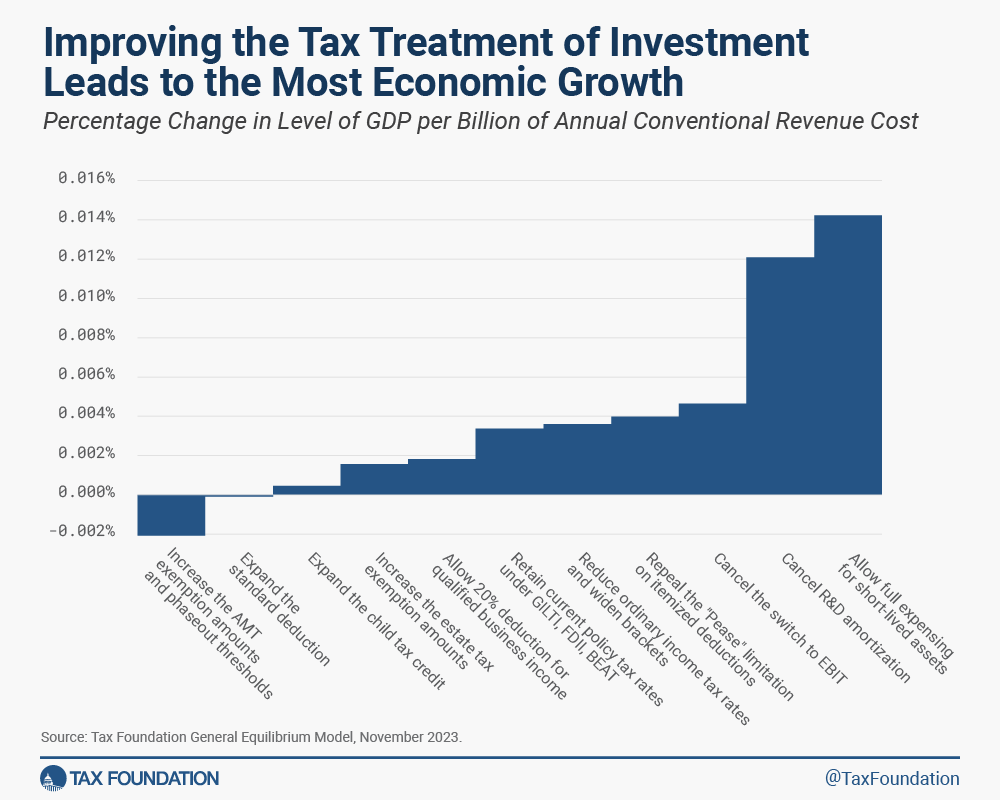Know when to say ‘no’
In any healthy relationship, both parties must understand boundaries, show mutual respect for one another, and effectively articulate their needs. These actions are not relegated to personal relationships alone. Working relationships, especially between a professional and their clients, should also follow this path to ensure a healthy bond.
As accountants, we often get questions or requests from clients that are outside of the scope of our working relationship (i.e., billable activities). During tax season, these demands can be especially stressful given the large workload and long hours. But how do you know when and how to say no? Is there a healthy way to say yes?
From using technology to your advantage to billing for that advice you’ve been giving away for free, here’s how to turn the power of saying no into an opportunity to say yes.
How can accountants prioritize self-care?
While we all want to please our clients, realizing that your work, mental health, and relationships will suffer if you don’t know when to say no is important. But there are tools that can help you streamline workflow, boost efficiency, and empower you to say yes to extra time and more meaningful work.
Today, tax technology eases the compliance burdens that once plagued the profession. Gone are the days of manual processes and paper-based forms. To avoid added stress and potential burnout, it may be time to consider increasing your reliance on technology.
Today, tax technology eases the compliance burdens that once plagued the profession. Gone are the days of manual processes and paper-based forms. To avoid added stress and potential burnout, it may be time to consider increasing your reliance on technology.
Look for tax and accounting software designed to optimize your tax workflow and increase accuracy. With the secure cloud-based options on the market today, you can collaborate with clients and staff in real-time, from anywhere—and make working from home just as effective as working from the office. Plus, features like an instant tax prep checklist and pre-populated returns can boost efficiency and lower stress so you can avoid burnout.
When it comes to keeping pace with constantly evolving tax laws, the latest tax research solutions are so intuitive that even junior staff can find their own answers, freeing up time and boosting your ability to confidently serve clients.
Know your worth—and incorporate it into your strategy
Are you giving away tax advice for free? Your knowledge is unique, but how do you incorporate it into your firm’s business strategy?
With more and more tax professionals turning to technology to automate core tax compliance work, many forward-looking accounting firms are broadening their scope to one that is less focused on tax return preparation and more focused on providing valuable insight to individuals and businesses.
To determine whether this type of advisory services business model is right for you, ask yourself: Are clients coming to you for more than just tax return preparation? Are they asking for counsel on tax-related legislation, business decisions, or strategic planning?
If so, take every communication opportunity with your clients to set and reinforce a strategic tone. Ask them about their experience with your firm and prepare some recommendations to get the conversation started. Let them know that you can help them make the right tax and financial decisions to meet their business goals. And if you don’t know what their goals are, ask them. What are they looking to achieve? What are their challenges? Think about how your firm can change the way you track information about your clients and find ways to align your services with their needs.
What are the benefits of an advisory relationship?
A successful year-round advisory relationship reinforces that you are not just a transactional expense, but a committed partner who supports your clients beyond tax season.
To put this mindset into motion, consider changing your engagement strategy for new clients based on the value your firm brings to their business. New client services should be geared toward identifying end goals, setting the path toward those goals, and walking alongside your clients down each step of that journey. This approach enables you to gain a deep understanding of the guidance and insight your clients really need, which in turn empowers your firm to identify additional opportunities that bring your daily work to life.
From a financial perspective, eliminating billable hours and moving to an advisory-based approach lays out a clear scope of engagement throughout the year — enabling you to happily answer those one-off questions as part of the value of doing business with your firm.
It is vital for accountants to prioritize their own mental health during tax season. Incorporating mindfulness techniques into your daily routine and scheduling regular breaks can greatly improve your well-being and productivity. Taking the time to de-stress can help reduce overwhelming feelings and help operate more effectively. A balanced approach to work and rest allows you as accountants to keep up with your duties while also avoiding burnout, leading to a less stressful and more successful professional outcome.
To learn more about avoiding burnout and how to streamline your accounting processes, follow along with our Advisory Services blog series






